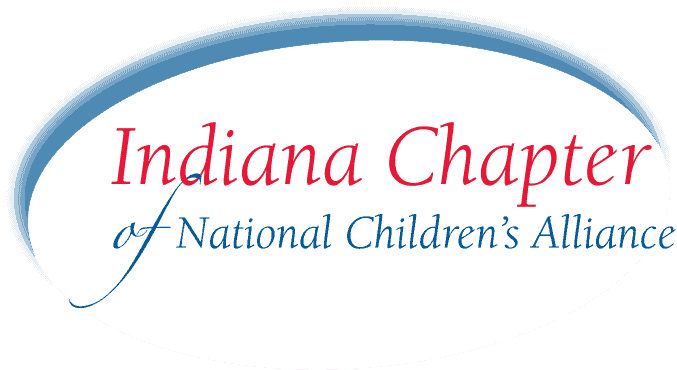In 2022, 44 children died due to neglect in Indiana. Comparatively, 17 died from abuse. The factors behind their deaths are complex, frustrating, and often multi-faceted.
Looking at 2021, the year we have the most complete data for as of this writing, there were 18,000 victims of neglect in Indiana. Some 1,700 were physically abused and 2,500 were sexually assaulted. Meaning about 75% of cases are a result of neglect.
It’s also important to know children who are neglected are also often physically abused, and children who are physically abused are frequently sexually assaulted, too. But most states, including Indiana, only record a single, primary form of abuse. This kind of reporting is why understanding child and human trafficking is challenging: the children who are being trafficked are, often by definition, sexually assaulted and are recorded as sexual assault victims first, not child trafficking victims, even though they are both. The same occurs with many neglect cases, but they are primarily neglect.
When people think of child abuse most imagine the physical act of striking children that results in bruising or injury. In 2021:
- 7% of all Indiana investigations were classified as physical abuse. 86% were classified as neglect.
- In Kentucky, 92% (14,000 victims) were neglected.
- Ohio recorded 46% neglect and 45% physical abuse (about 11,000 victims each).
- In Illinois, 79% were neglected (28,000 victims) and 15% physical (5,600).
- Michigan recorded 86% neglected (21,000 victims) and 15% physical abuse.

The numbers are roughly in line and show differences in how reporting and recording the statistics changes our perception of the problem. Nationally, 1,500 kids died from some form of neglect or abuse, and 76% of the 588,000 victims were neglected. 16% were abused and 10% were sexually abused. The numbers are tragic, but it is a myth that the most common form of abuse is just physical abuse. The larger, more common instance is neglect.
Important points about abuse and neglect:
- Bruises and other manifestations of physical violence show on the body for others to see. Neglect, on the other hand, can remain invisible until it has entered a severe stage such as malnutrition, an untreated need for glasses or clean clothes, or stealing or begging for food.
- Given that the total number of cases is larger than the number of victims in most states, including Indiana, many children experience multiple forms of maltreatment.
- We don’t know and likely never will know how many children are abused. The total number of children experiencing abuse is certainly larger as not every case gets reported or discovered.
There are 5 basic characteristics of neglect
Every case is different, but neglect usually involves one or more of these 5 basic characteristics:
- Physical Neglect: This involves failure to provide adequate food, clothing, shelter, supervision, or appropriate medical care. For example, leaving a child without proper clothing for the weather or failing to provide sufficient food regularly.
- Emotional Neglect: Emotional neglect occurs when a caregiver fails to provide the necessary emotional support, love, affection, and attention a child needs for healthy development. It can include ignoring the child’s needs, consistently belittling or criticizing them, or exposing them to extreme situations of emotional distress.
- Educational Neglect: This refers to failing to enroll a child in school, allowing chronic truancy, or not providing the necessary support and resources for educational success.
- Medical Neglect: Medical neglect involves failing to provide appropriate medical care for a child’s physical or mental health needs. This could include not seeking medical attention for serious illnesses or injuries, not adhering to prescribed treatment plans, or not providing necessary medications.
- Abandonment: Abandonment occurs when a caregiver deserts a child, leaving them without adequate care and support, either temporarily or permanently.
Children who are neglected generally lack a loving, caring home. Neglected children are purposefully and maliciously failed, are often yelled at (which itself is a form of abuse), and suffer the harsh mental abuse that comes from being diminished, demeaned, and forgotten.
The sting of that kind of treatment degrades a child’s physical health, emotional well-being, and stunts their development into happy, healthy adults.
The good news is recovery is possible and frequently helps kids age into adulthood. This is why CACs have partnered with medical and mental health professionals to provide low or no-cost treatment best suited for each child. Group therapy and one-on-one counseling have proven that 98% of kids never go on to hurt another child, thus reducing cyclical abuse that was a hallmark of early responses to abuse and neglect investigations a generation ago. But there is still more work to be done, because of the 44 child neglect deaths in Indiana in 2022, that is 44 children too many.

